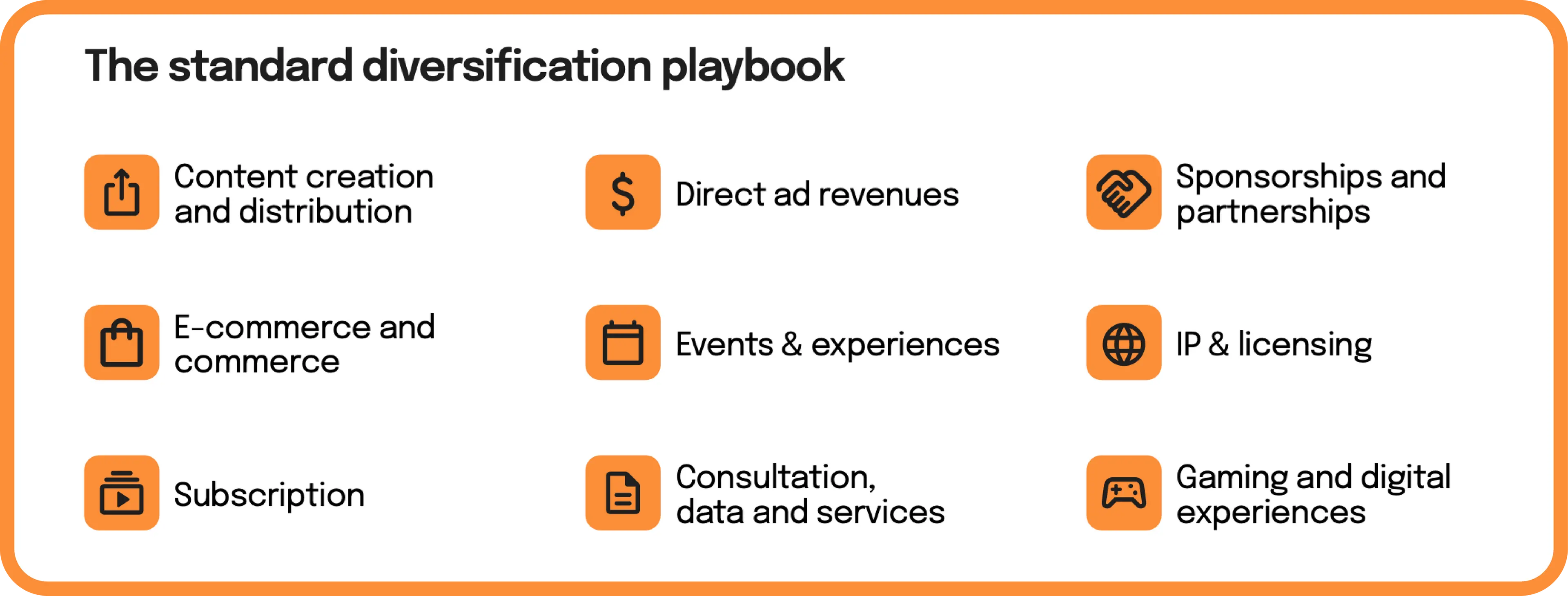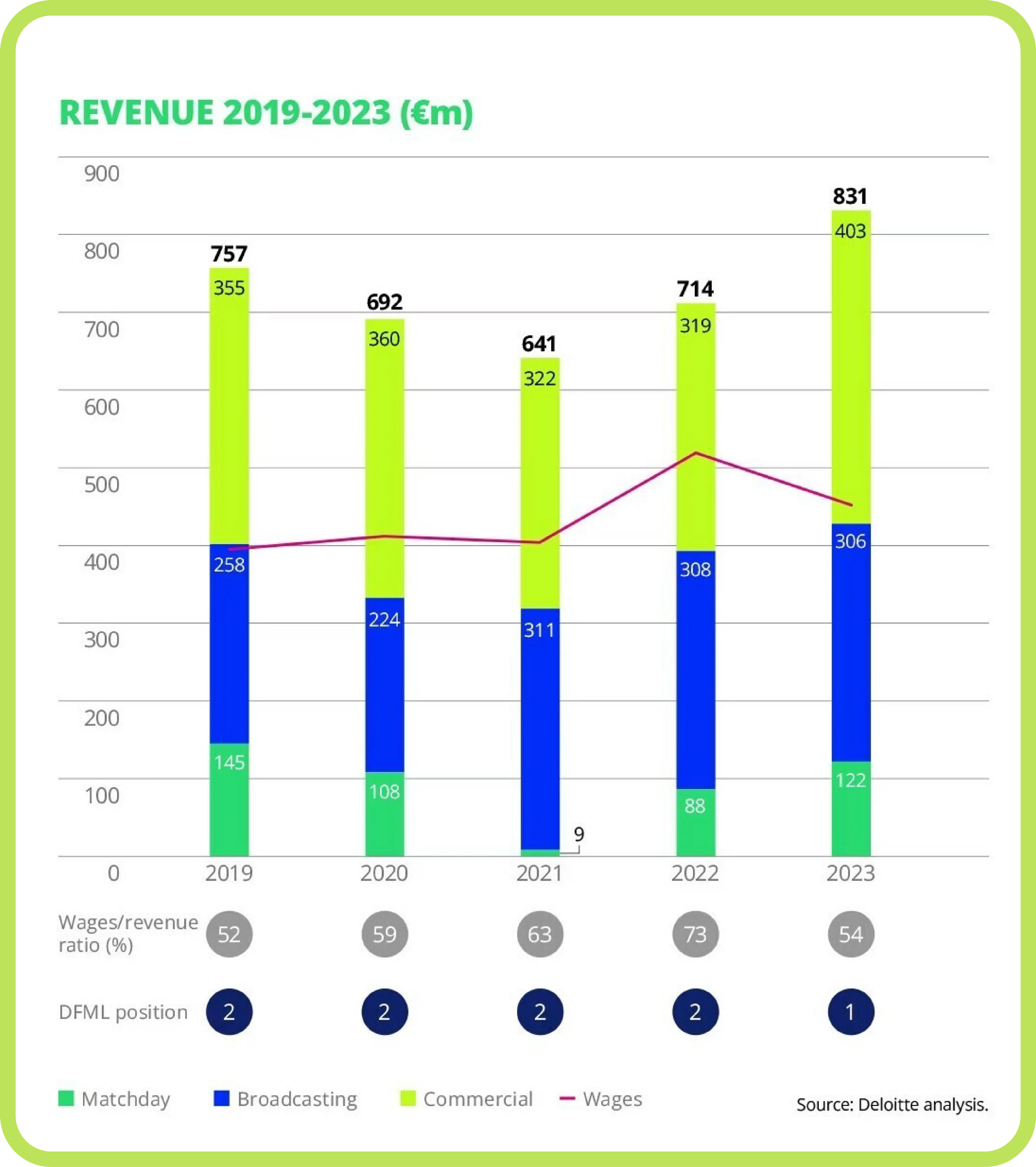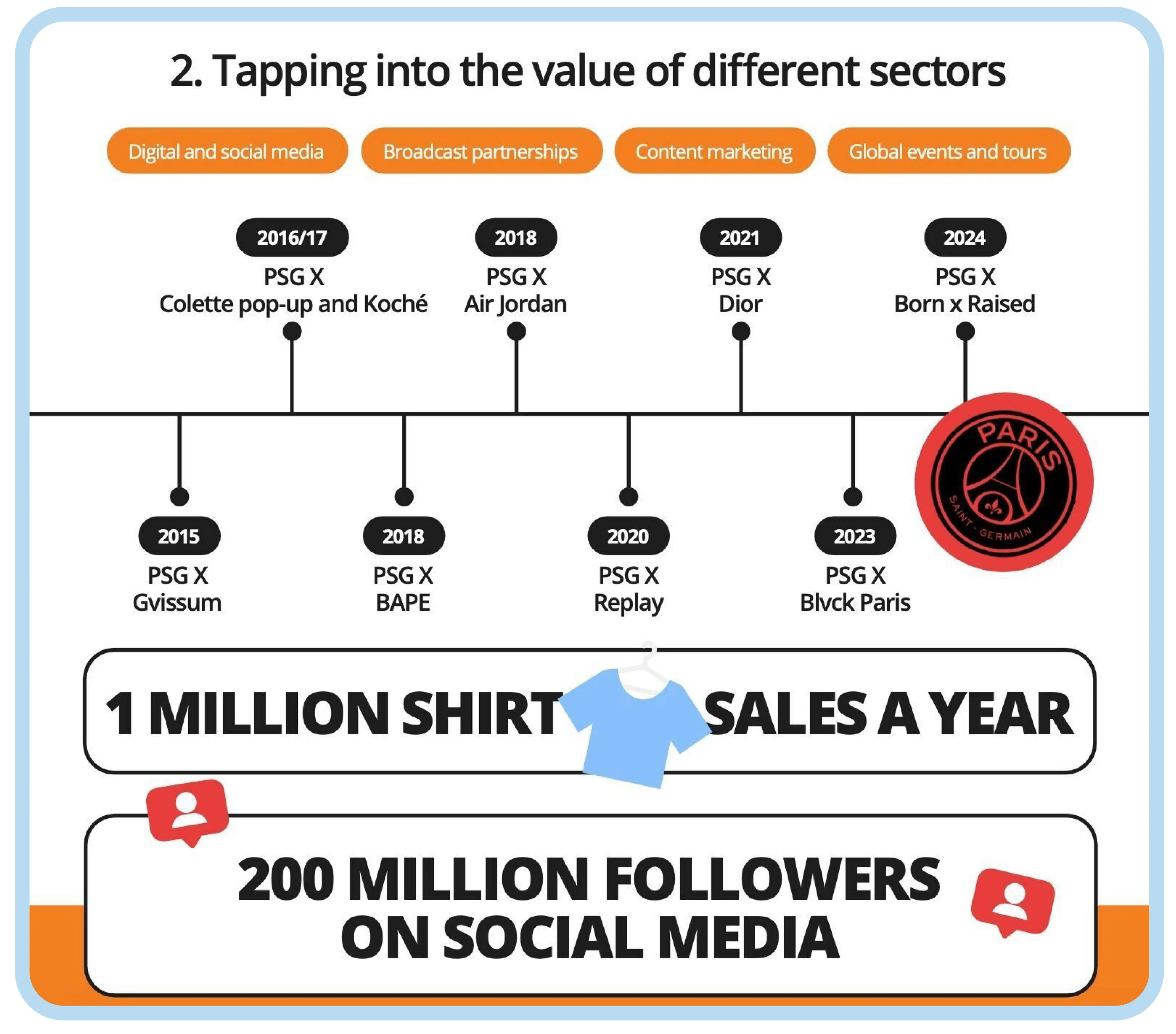


The Disney effect: a playbook for diversifying revenue in media
Companies continuously look for ways to diversify their revenue streams in the ever-evolving media world. Few have done it as effectively as Disney. With a history spanning 100 years, Disney’s approach to revenue diversification has become a blueprint for media organizations. From content creation and IP licensing to e-commerce and live experiences, Disney’s diversified strategy has been its secret weapon for growth and resilience.
Our latest report dives into what we call "The Disney effect," an adaptable playbook for media diversification. In it, we explore how different segments, spanning digital publishers, unscripted content owners, and sports companies, have adopted and innovated these tactics to sustain growth and future-proof their business models.
Want to learn more? Download the report.
Why the Disney effect?
Disney's theme parks, movie franchises, gaming business, streaming platforms, and merchandise have enabled the company to create a cohesive, multi-pronged revenue model that has endured decades of industry shifts and ever-changing consumer behavior.
The company's secret sauce is its ability to minimize risk through “synergy”—the way in which each part of its business feeds into another. All its verticals have connected dots, and it has maintained creativity and imagination as the company’s core competencies.

Whether leveraging character IP across theme parks, merchandise, and content or adapting quickly to market changes like the rise of streaming during the COVID-19 pandemic, Disney's approach is a living example of diversification done right.
The standard diversification playbook
Revenue diversification is distilled into several vital strategies employed by media companies across various sectors today.

While these elements provide the framework for how media companies – whether they specialize in digital publishing, reality content, or sports media – can effectively diversify their revenue streams, it’s those that are innovating and executing well within these categories that are seeing results that cement their position within the market.
But why would an unscripted content owner be interested in how Paris Saint-Germain diversifies? A wealth of knowledge can be gained from looking at how companies in other sectors execute within a given tactic and how they connect and leverage different parts of their business. A sports company might immediately dub match highlights using AI to share with its international broadcasters; similarly, Love Island might dub highlights from its global shows to drive the discovery of its local shows.
Docs, reality, and lifestyle content: driving engagement with personality-driven narratives
Reality TV and unscripted content have emerged as fertile ground for diversification. The Uninspired Unemployed started out on Instagram and now has a beer brand, podcast, and show on HBO USA and Paramount+ Australia. Not only have they successfully diversified in terms of products and platforms, but they’ve also successfully leveraged their social audience to win carriage on two streaming giants' platforms.
The presence of The Uninspired Unemployed on these platforms highlights both streaming giants' commitment to diversifying their content portfolios. HBO, traditionally known for high-quality scripted dramas, and Paramount+, with its broad mix of legacy IP and original content, are increasingly recognizing the value of unscripted, influencer-driven projects to appeal to younger, digital-first audiences. They’re also realizing that diversifying content in this way is critical to remaining competitive in a rapidly evolving entertainment landscape.
Digital publishers: how they are innovating legacy revenue models
Just as Disney has strategically diversified its revenue streams by expanding into new segments (gaming, experiences etc.) and capitalizing on its vast content library, digital publishers are finding innovative ways to leverage their unique market positions to drive growth.
After a turbulent 2023, digital publishers are becoming more sophisticated in executing familiar tactics like affiliate commerce, branded content, and programmatic advertising. Vox Media and Condé Nast are optimizing affiliate strategies by creating inspirational, branded content—such as style guides or curated recommendations—that naturally lead to product cross-selling in a way that feels authentic to their readers. They are also integrating AI-powered smart paywalls that analyze user behavior to create personalized subscription prompts, increasing the likelihood of conversions.
Some publishers, like Vice, are looking beyond their traditional revenue streams – exploring avenues such as FAST channels and CTV – but these still represent a relatively small slice of the revenue pie compared to the core content-driven models that continue to dominate digital publishing. This reflects a broader industry trend of cautious diversification, focusing on ensuring sustainability through a mix of traditional and emerging strategies.
Sports IP and media: from live games to immersive experiences
In sports, diversification has taken centre stage, with leagues like the NFL, NBA, and Premier League transforming into media powerhouses that produce and distribute IP, much like traditional media giants.
Sports properties have become adept at turning live events into year-round fan engagement experiences. Through behind-the-scenes content, documentaries, and interactive fan platforms, leagues keep fans connected long after the final whistle. This deeper engagement strategy mirrors what traditional media has done for decades—building emotional connections with their audiences. In fact, sports properties are so good at this that the lion’s share of their revenue is no longer made from live games.

Take the example of Drive to Survive, Netflix’s docuseries on Formula 1. It has introduced millions of new fans to the sport, including younger, more affluent audiences. This omnichannel strategy—where content reaches fans on their preferred platforms, in their preferred formats, in their local languages—has redefined what it means to be a sports fan today.
Some sports properties are also tapping into non-traditional markets through fashion collaborations. For instance, Paris Saint-Germain (PSG) partners with brands and personalities – most recently Central Cee – to create iconic kits that appeal not just to football fans but to a broader fashion-conscious audience. This tactic has enabled PSG to capture the attention of a new demographic, expanding its brand beyond the pitch.

The Disney effect in the 2020s and beyond
Disney’s longevity lies in its ability to continuously evolve. It’s no surprise that Disney+ has become a central pillar in the company's strategy, offering a direct-to-consumer model that complements its physical experiences like theme parks. However, Disney isn’t resting on its laurels. Its forward-looking “Imagineering” team is already working on new initiatives like a Fortnite-connected entertainment universe that will debut in 2026. This type of innovation, blending gaming, content, and commerce, is precisely what keeps Disney at the forefront of media.
The future of the broader media industry lies in a similarly omnichannel, globally-focused strategy that embraces new technology like AI dubbing. By localizing content for international audiences, media companies can unlock new markets and grow their fan base. This tactic, already employed by sports and lifestyle content owners, ensures they stay competitive in an increasingly fragmented media landscape.
Conclusion
The key takeaway? Think beyond traditional revenue streams. Whether integrating e-commerce into content, creating personalized experiences through AI, or leveraging IP in new markets, the opportunities for media companies are endless. And, as Disney has proven time and time again, those who adapt will be the ones leading the industry into the future.
Join our monthly newsletter
Stay up to date with the latest news and updates.





